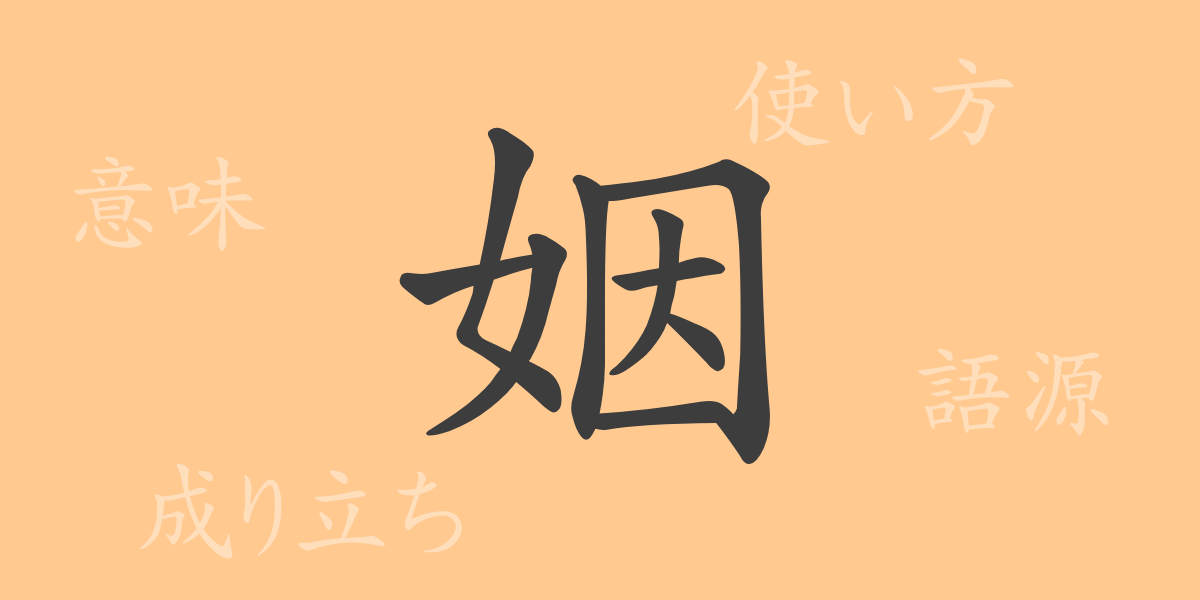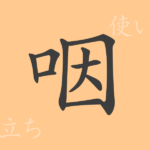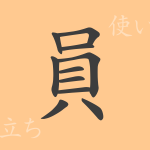“
Kanji not only represent characters but embody deep cultural and historical significance in Japanese language. This article focuses on the Kanji ‘姻’ (In), exploring its etymology, meanings, and usage, as well as related idioms and proverbs, to reveal the rich world embodied by this single character often used in everyday life.
Origins of 姻 (In)
The Kanji ‘姻’ originates from ancient China, combining the characters for ‘woman’ (女) and ’cause’ (因), suggesting a connection initiated by a woman. This led to its use in words related to marriage, like ‘marriage’ itself and ‘matrimony’, reflecting relationships formed through marital bonds.
Meaning and Usage of 姻
‘姻’ primarily relates to marriage. It appears in terms like ‘婚姻’ (Konin), denoting the legal or social union of a couple as husband and wife. It’s also used in ‘姻戚(Seki)’ (Inseki), meaning relatives by marriage or ‘in-laws’.
Readings, Stroke Count, and Radical of 姻
The Kanji ‘姻’ holds unique readings and structural features in Japanese:
- Readings: On’yomi is ‘In’. There are no Kun’yomi readings.
- Stroke Count: 9 strokes.
- Radical: The radical is ‘女’.
Idioms, Phrases, and Proverbs Using 姻
Idioms and phrases containing ‘姻’ often relate to marriage and familial relationships. For example, ‘婚姻届’ (Konintodoke) refers to the marriage registration document, ‘婚姻関係’ (Koninkankei) describes the legal bond between spouses, and ‘姻戚(Seki)関係’ (Insekikankei) refers to the relationship among in-laws. These terms play significant roles in Japanese society and culture.
Conclusion on 姻
The Kanji ‘姻’ symbolizes the important life event of marriage, indicating its profound cultural implications. From its origins, readings, and structural components to its usage in idioms and proverbs, ‘姻’ deeply embeds itself in Japanese life. Understanding the narrative and significance of relationships conveyed by ‘姻’ enriches our comprehension of Japanese language and culture.
“

























